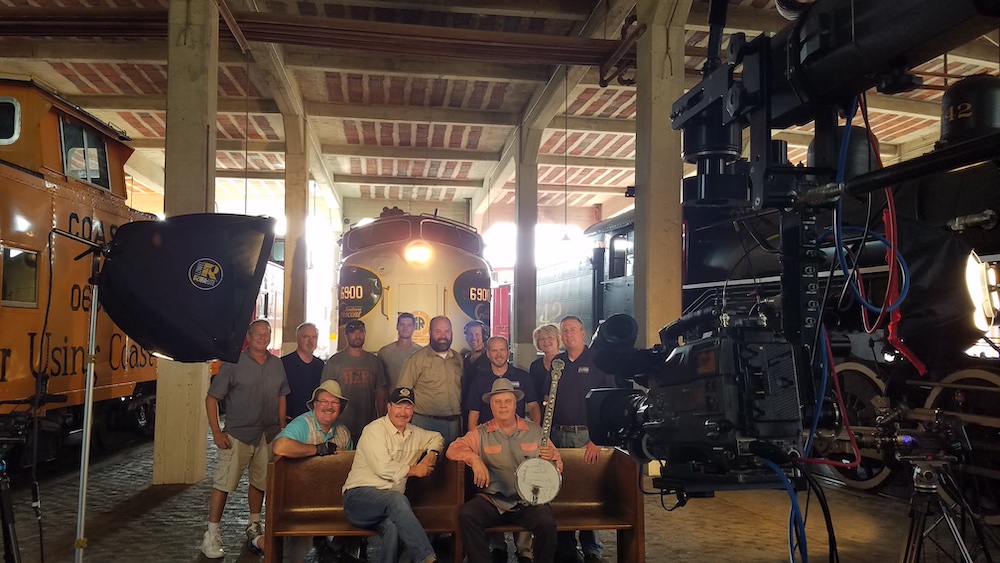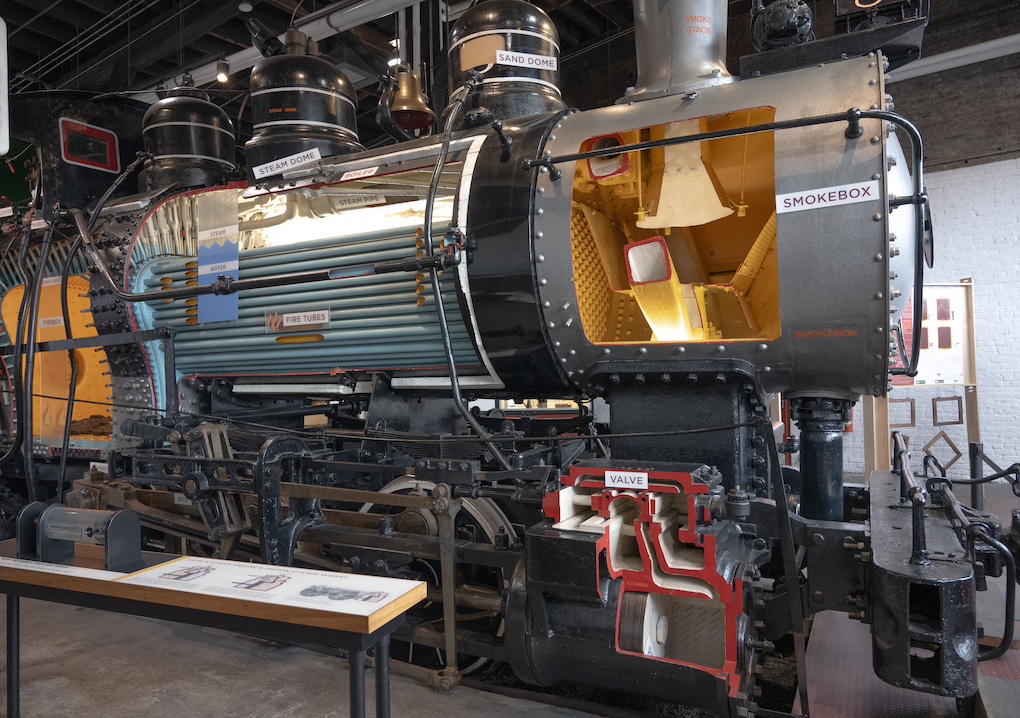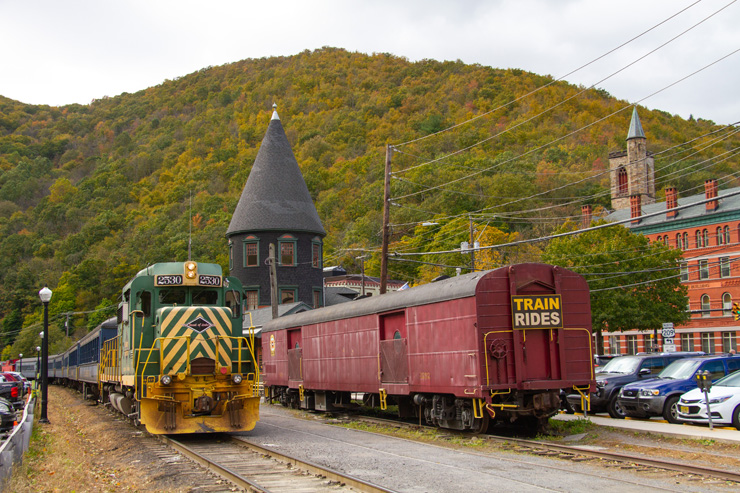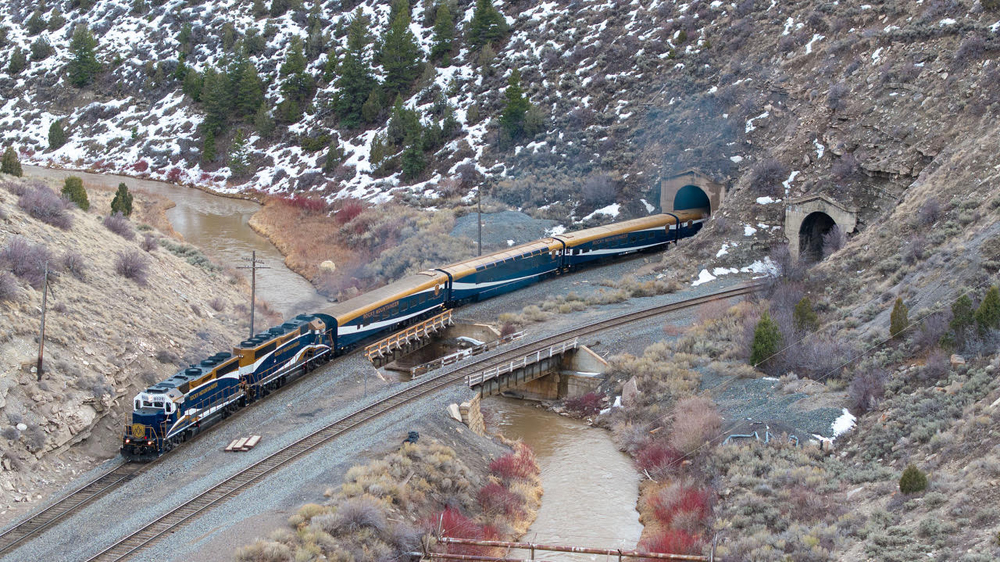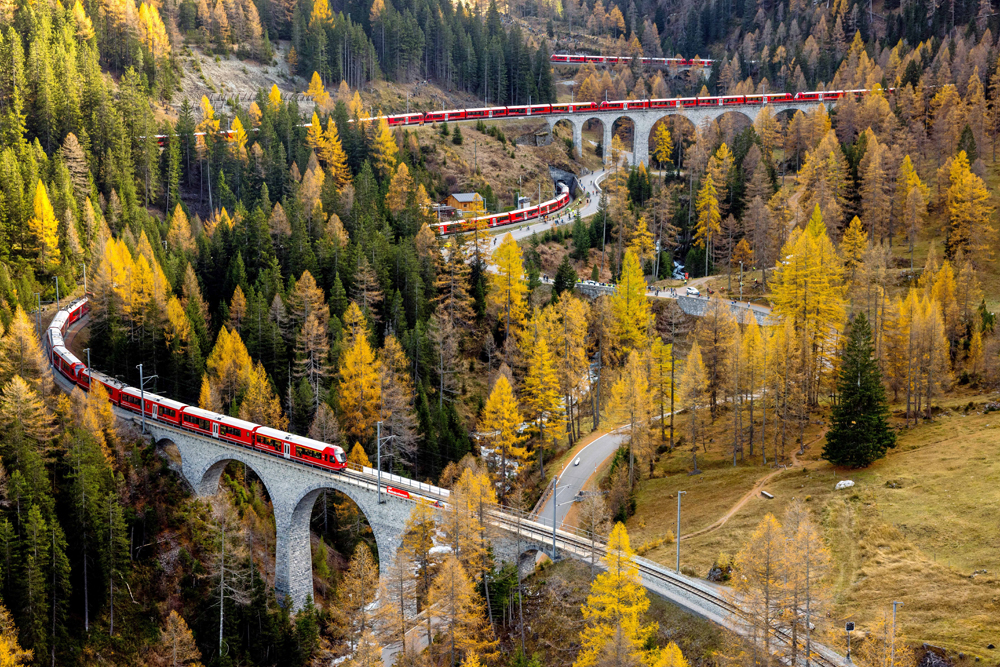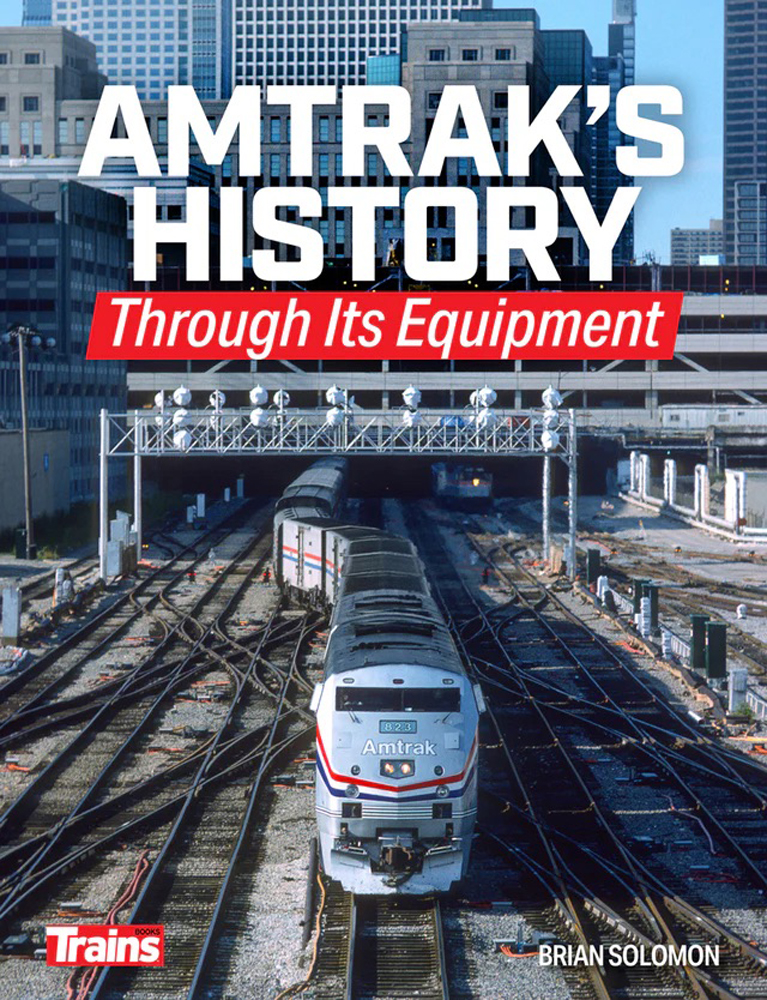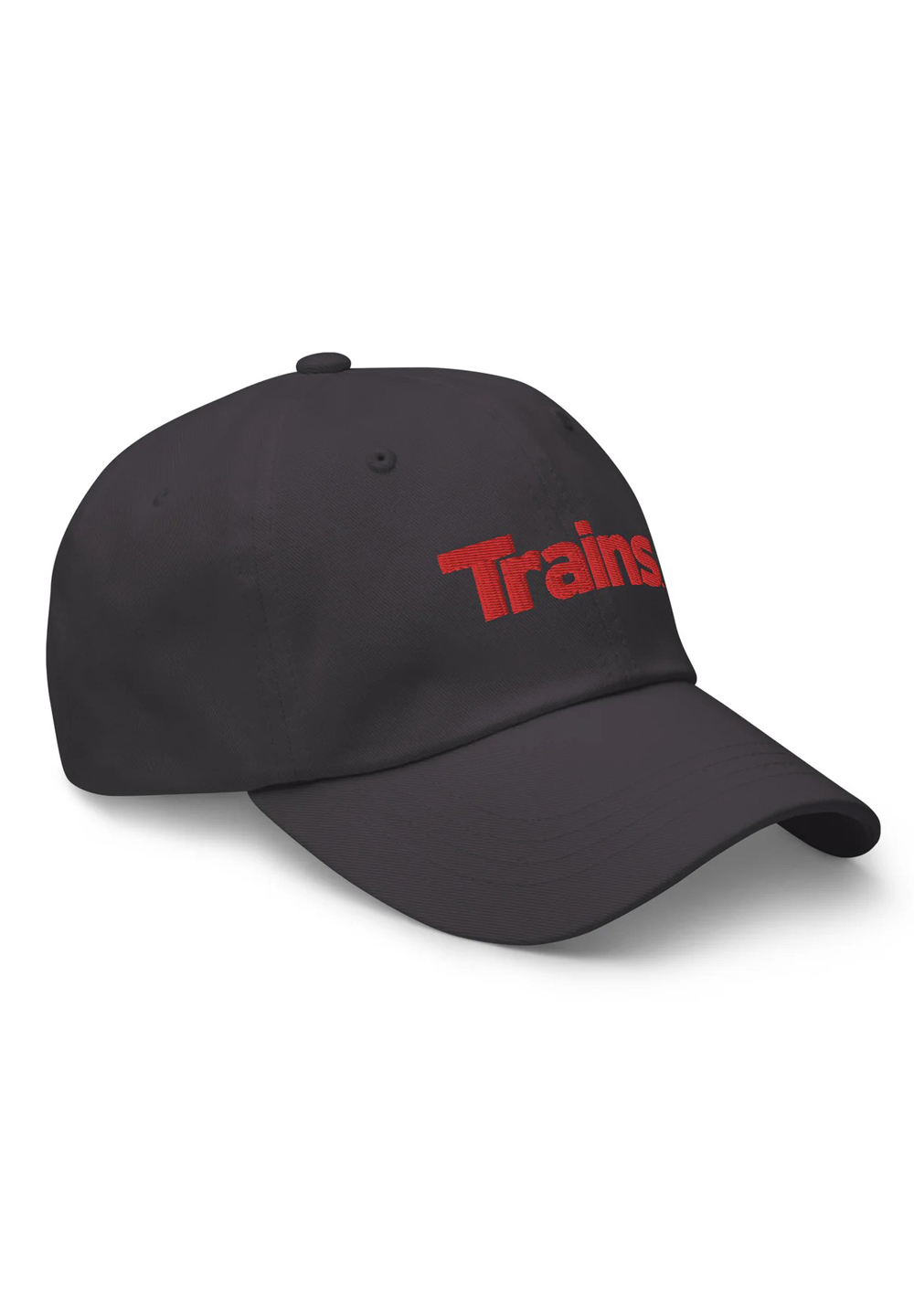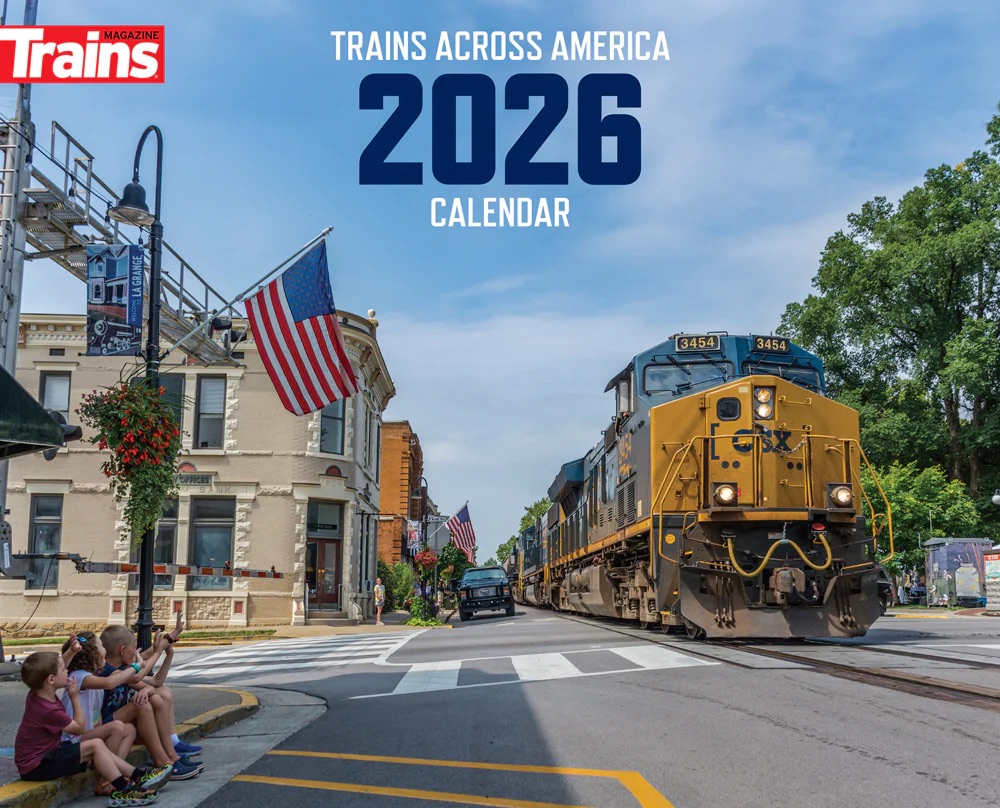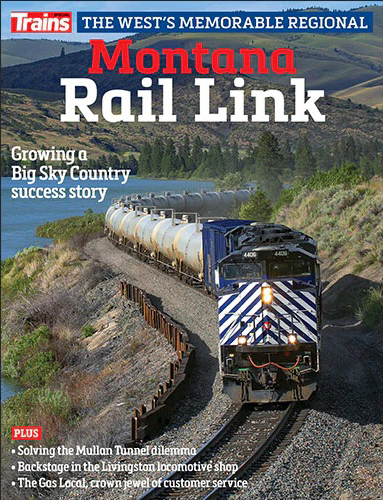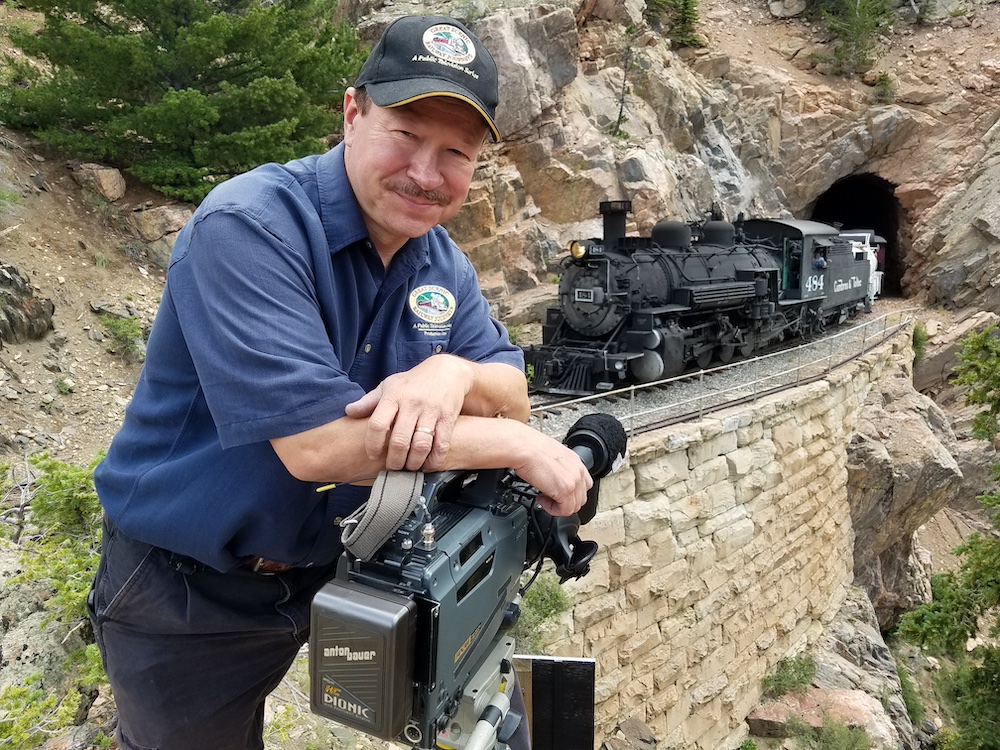
Since 1994, Great Scenic Railway Journeys (GSRJ) on PBS has captivated viewers tuning in to “see the world from the scenic railroad.” It has catapulted Show Creator, Producer and now Host Robert Van Camp to 20 Emmys and the Program Excellence award from American Public Television. But for the man behind the camera, you see a storyteller and preservationist with his own great scenic railway journey worth sharing.
From Photojournalist to Documentarian
In 1990, while working as a photojournalist at the CBS-affiliated WFMY-TV in Greensboro, N.C., Van Camp was sent on assignment to produce a unique four-minute story on the nearby Yadkin Valley Railroad. “I climbed all over the locomotive,” Van Camp recalls. “All on a tripod [with a Betacam camcorder], 65-plus pounds, to get the coolest shots that I could.
“One of the most unique things I discovered while I was shooting off of the footplate of the locomotive was when I slowly zoomed out on the track ahead of me. The compression shot looked like we were moving in slow motion, but when I zoomed out my wide shot snapped to going 35 MPH.”
The experience left a lasting impression on Van Camp, now yearning for in-depth, documentary-style programs. But, his next rail-related news assignment would be on the newly formed Great Smoky Mountain Railway (GSMR), where he spent four days filming to produce four short segments during the station’s November sweeps. Afterwards, Van Camp got a call from the tourist railroad’s owner, Malcolm McNeil.
“He stated that his phones were ringing off the hook and wanted to know if there was anything more we could do to give exposure to his railroad and their trips.”
In August 1993, Van Camp turned in his news gear and left the station to begin a new chapter in documentary filmmaking. In a partnership with PBS-affiliate UNC-TV, now PBSNC, plus a $5,000 budget and rented Betacam, he returned to GSMR and created his first documentary. The program was a hit when it first aired in 1994, earning Van Camp his first Emmy for camera work. He also earned some new admirers.
From the Snow-Capped Mountains to the Sunny Coast
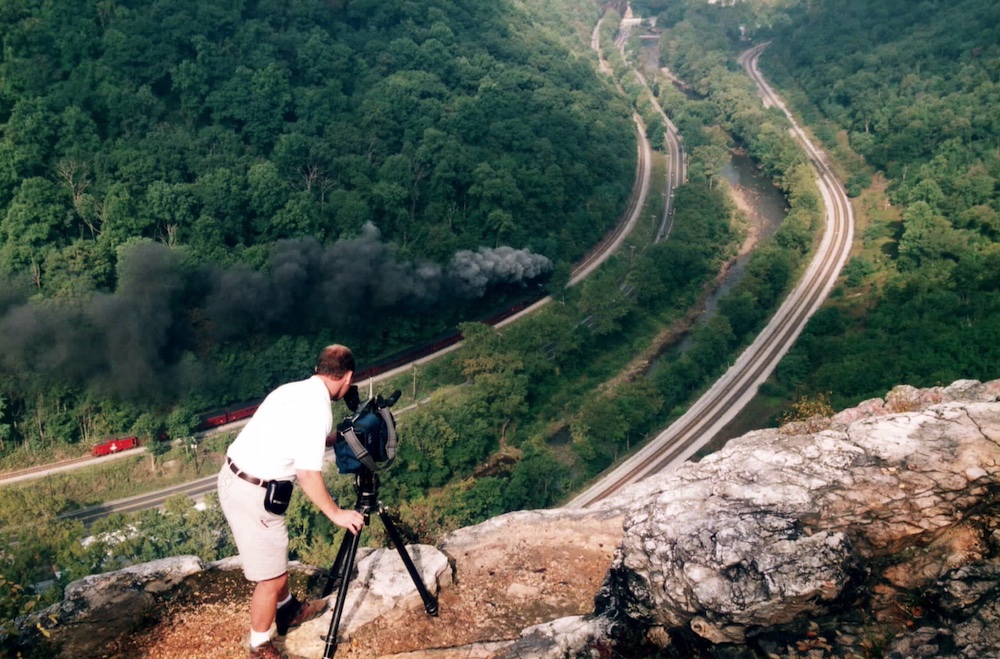
The success of the documentary led to invitations from other nearby tourist railroads. Programs on the Potomac Eagle Scenic Railroad, 1997 Where Eagles Fly; Cass Scenic Railroad State Park, 1995 Timber to Tourism; and Western Maryland Scenic Railroad (WMSR), 1996 Thunder in the Alleghenies, followed. Each would earn Emmy nominations with the first two bringing home awards.
Initially focusing on a single railroad, each program only aired in that railroad’s particular PBS region. At the same time, Maryland Public Television (MPT) asked Van Camp to be an on-air guest as the station gave Thunder in The Alleghenies a shot in their 1996 pledge line-up. Tickets to ride the Western Maryland Scenic, along with VHS copies of the program and a Trains Magazine Tourist Train Guidebook were offered in what became one of the top-performing pledge drives for the station.
Van Camp remembers vividly the conversation with MPT Director of Development Linda Tygart: “You know Rob, if you had several railways across the country in each show, it could be used nationally for PBS pledge.”

Thus began Great Scenic Railway Journeys as a series in 1997, covering multiple railroad museums, tourist railroads, and excursion operations across North America and around the world. It’s been a flagship in Van Camp’s career with an impressive 30-plus years of continuous production, airing, and pledge drives on public television.
Great visual storytelling comes in blended elements: camera, writing, and editing. Van Camp’s high standard for the three has led to challenges when producing GSRJ over the years. For example, minimizing camera vibration on moving trains and at trackside has been a persistent issue. “I literally would put my whole body weight on top of the camera and tripod, and had my hand pushing down on the lens a little bit just to keep it all as one and minimize vibration,” he explains. “I’ve hired people to work with me and I tell them to go do just that. But they would come back with some video and I said, ‘This is unusable, it’s shaky and jarring.’”
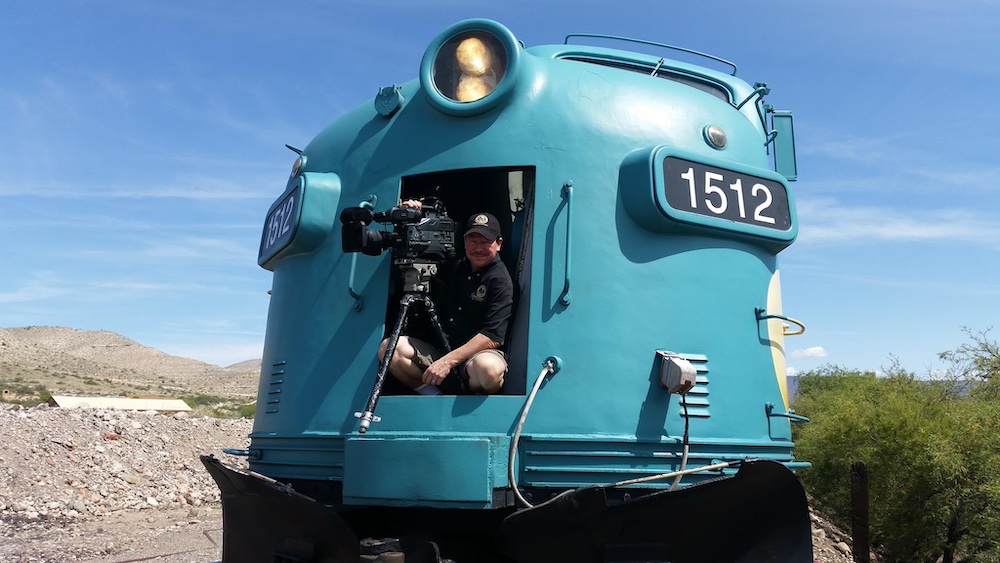
While the railroads and scenery are front and center in GSRJ, the heart of the series lies in the interviews. Van Camp cherishes the sound bites that offer unique perspectives. “I always remember Paul Hallett, when he was working up at the Conway Scenic Railroad, saying, ‘Rob, a steam locomotive is the closest thing man has made to a human being. It drinks water, it eats coal, and it dumps ash.’ I then laughed while trying to keep my voice down as it was a perspective I never heard anything like before.
“Those are what I look for and write around them. Let the people who work at the railroads and ride the trains tell their story.”
From restoring Varnish to restoring Thunder
Great Scenic Railway Journeys got Van Camp hooked on rail preservation, setting him on a path towards purchasing, restoring, leasing, and operating historic equipment since 2001. His first acquisitions were two coach-buffet-lounges of the former Texas Special. The fleet has now expanded to 20 passenger cars and several EMD F-unit diesels, with highlights including Santa Fe Pleasure Dome No. 501, Pullman observation Pontchartrain Club, New York Central observation No. 48, and a 1929 Altoona-built superintendent’s car. At one point, Van Camp even owned the Buffalo Creek & Gauley 2-8-0 No. 4 while serving on the board of directors for the Durbin & Greenbrier Valley Railroad.
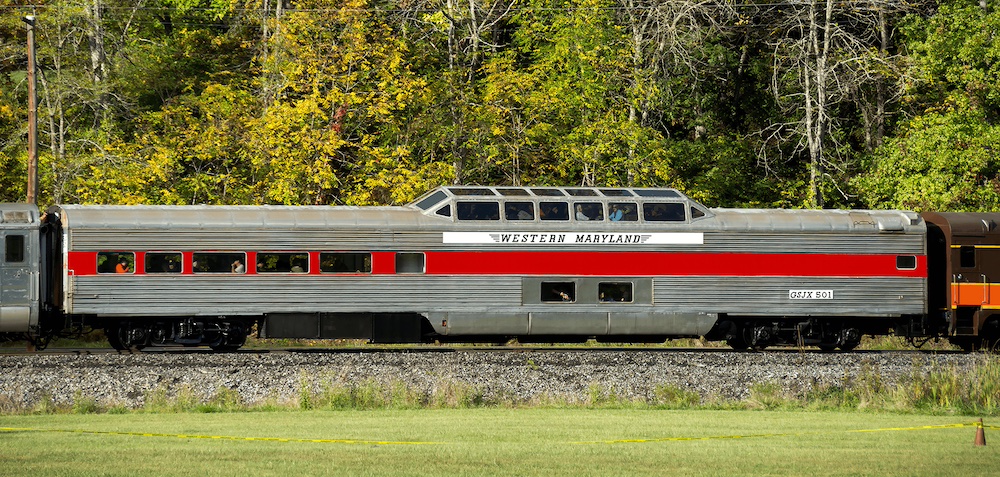
The buzz around his fleet has ramped up in recent years. Five of the cars took part in fall excursions with Norfolk & Western 4-8-4 No. 611 on the Buckingham Branch Railroad in 2023. Most of the remaining fleet then headed to the Western Maryland Scenic Railroad (WMSR) for lease and restorations.
Having previously filmed the equipment for GSRJ prior to acquiring them, there’s a personal attachment as they’re now under Van Camp’s ownership. On the other hand, there’s still an understanding of having a sustainable business plan for the cars based on hard lessons learned. “I was at the Strasburg Rail Road interviewing Linn Moedinger,” says Van Camp. “He goes ‘Rob, you can’t live on a whim and a prayer.’
“That’s why I like working with [WMSR Executive Director] Wesley Heinz, beginning a couple of years ago. I am impressed with his business model and execution of it, along with cultivating his staff. He is very well respected in our industry and since taking over at the WMSR has tripled the ridership and offered many new venues that today’s general public wants to experience.”
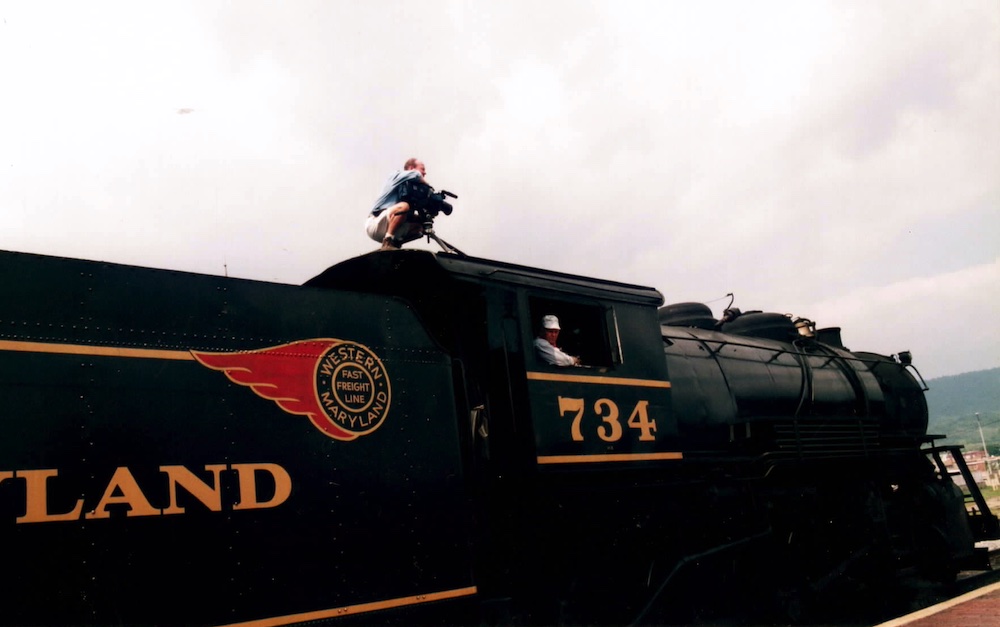
The recent partnership goes beyond having the cars on the Cumberland-Frostburg tourist line. In February 2025, a collaborated donation-match program of $10,000 was launched to help rebuild the railroad’s 2-8-0 No. 734. The famously named “Mountain Thunder” has been out of service since 2016 for extensive frame-up work.
“It’s nice to be at a stage in life where you are able to give back to an industry you have worked in for over three decades,” says Van Camp. “I have a direct connection to No. 734. If you look at Thunder in the Alleghenies, I climbed all over that thing. It was a beast to me and a work of mechanical moving art as it steamed up the mountains.”
The journey continues
The latest Great Scenic Railway Journeys program aired in June 2023, marking the series’ 30th anniversary. The next installment will coincide with the 2027 Bicentennial of the United States’ first railroad, the Baltimore & Ohio. “It’s going to be pretty big,” Van Camp teases. “I don’t know honestly if I’m going to be doing any more shows after that.
“I’m 60 years old, and would like to slow down a little and enjoy life with my wife, and go back to many of the railroads I have filmed to just be a passenger. I am also at a stage where I would like to transfer the series to another organization that can continue the quality of work, but I can still be an executive producer and host. At the end of the day, there are many more stories to be told with a new generation taking the reins and continuing the legacy that was started by so many before them.”
Van Camp plans to remain active in his varnish fleet. He understands how scarce the historic passenger car market is, which is why he strives to make his equipment readily available. Ultimately, he hopes the cars will find good homes, whether temporary or permanent.
“I feel very blessed to be a part of this great body of passionate people that continue to preserve and present our rich railroad history so future generations can step back in time for a few hours, or a few days, and enjoy a little taste of transportation history.”
